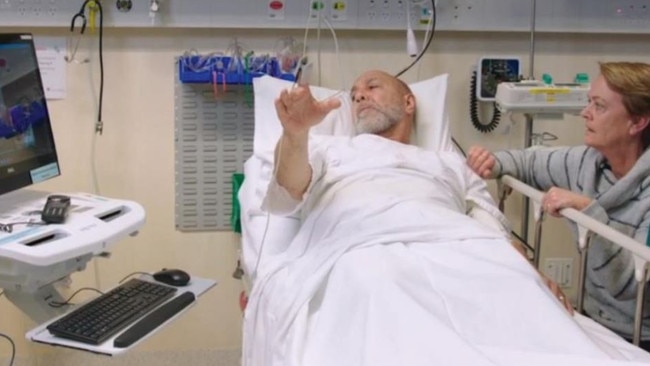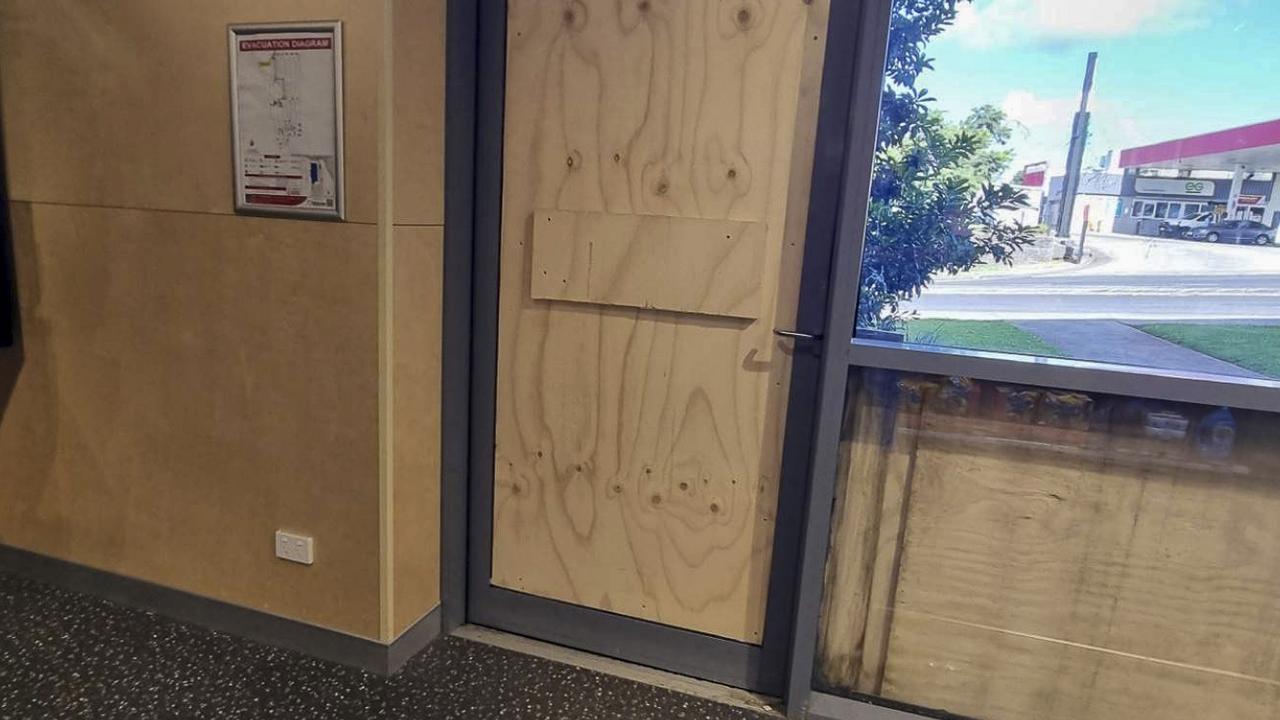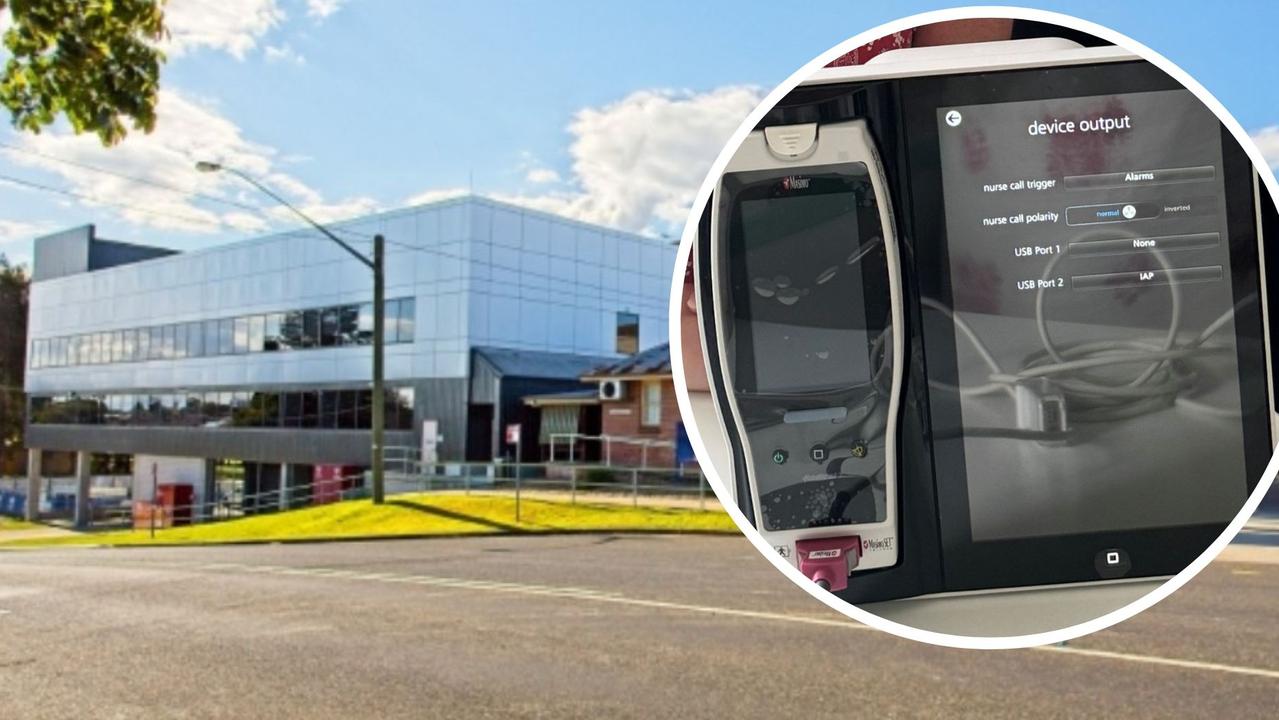Life-saving emergency service to transform stroke treatment on the Northern Rivers
The Northern Rivers region has been ranked a hotspot for strokes with 232 residents from the Richmond electorate estimated to have experienced a stroke for the first time in 2020. Now a new lifesaving program is coming our way.

Tweed Heads
Don't miss out on the headlines from Tweed Heads. Followed categories will be added to My News.
A new service was set to transform emergency stroke treatment on the Northern Rivers, saving countless lives.
The NSW Telestroke Service, managed by the Prince of Wales Hospital in Sydney, will soon be introduced into The Tweed Hospital speeding up diagnosis and better supporting regional clinicians.
New abilities include blood clot dissolving treatment or urgent transfer to a specialist stroke unit for more complex treatment.
It was a vital step given the electorate of Richmond is ranked fourth out of Australia’s top ten hot spots for stroke, according to Stroke Foundation data.
A total of 232 Tweed residents were estimated to have experienced a stroke for the first time in 2020.
Stroke Foundation NSW State Manager Rhian Paton Kelly said telehealth was being relied on more than ever due to coronavirus and NSW Telestroke Service demonstrated the technology‘s value extended well beyond the pandemic.
“The NSW Telestroke Service is transforming stroke treatment in our state, and is giving the people of Tweed the best opportunity to survive and live well after stroke,” Ms Paton-Kelly said.
“When a stroke strikes, it kills up to 1.9 million brain cells per minute, but treatment can stop this damage. Time saved in accessing stroke treatment is brain saved.”
Tweed Hospital was among up to 23 rural and regional NSW hospitals that were due to be included in the service‘s roll out.
Ms Paton-Kelly said the first step in ensuring better outcomes from stroke was getting to hospital quickly, using the F.A.S.T. (Face. Arms. Speech. Time) signs and calling triple-0.
“I urge everyone to learn the F.A.S.T. message and share it with your friends, family and colleagues,’’ she said.
The F.A.S.T. test is a simple way to remember the signs of stroke:
• Face: Check their face. Has their mouth drooped?
• Arms: Can they lift both arms?
• Speech: Is their speech slurred? Do they understand you?
• Time is critical. If you see any of these signs call triple-0 (000) straight away.


